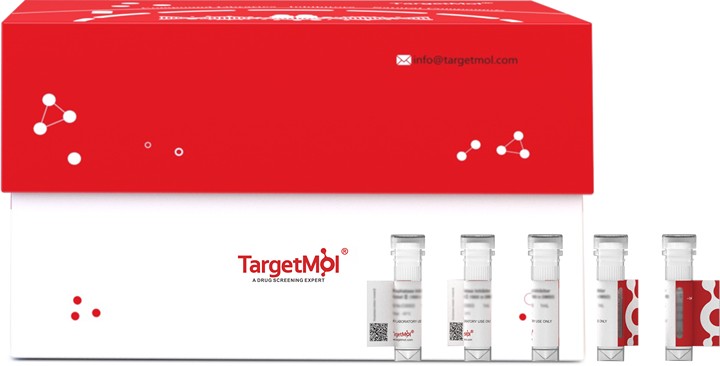Shopping Cart
- Remove All
 Your shopping cart is currently empty
Your shopping cart is currently empty

RPE Protein, Human, Recombinant (C-His) is expressed in HEK293 Cells. The accession number is Q96AT9.

| Pack Size | Price | Availability | Quantity |
|---|---|---|---|
| 100 μg | $687 | Backorder |
| Biological Activity | Activity testing is in progress. It is theoretically active, but we cannot guarantee it. If you require protein activity, we recommend choosing the eukaryotic expression version first. |
| Description | RPE Protein, Human, Recombinant (C-His) is expressed in HEK293 Cells. The accession number is Q96AT9. |
| Species | Human |
| Expression System | HEK293 Cells |
| Tag | C-His |
| Accession Number | Q96AT9 |
| Synonyms | RPE2-1,HUSSY-17 |
| Construction | A DNA sequence encoding the human RPE isoform 1 (NP_954699.1) (Met 1-Arg 228) was expressed, with a polyhistidine tag at the C-terminus. |
| Protein Purity | ≥ 90% as determined by SDS-PAGE |
| Molecular Weight | 26.4 kDa (predicted); 26.4 kDa (reducing contition) |
| Endotoxin | < 1.0 EU per μg of the protein as determined by the LAL method |
| Formulation | Lyophilized from sterile PBS, pH 7.4. Please contact us for any concerns or special requirements. Normally 5 % - 8 % trehalose, mannitol and 0.01% Tween 80 are added as protectants before lyophilization. Please refer to the specific buffer information in the hardcopy of datasheet or the lot-specific COA. |
| Reconstitution | Please refer to the lot-specific COA. |
| Stability & Storage | It is recommended to store recombinant proteins at -20°C to -80°C for future use. Lyophilized powders can be stably stored for over 12 months, while liquid products can be stored for 6-12 months at -80°C. For reconstituted protein solutions, the solution can be stored at -20°C to -80°C for at least 3 months. Please avoid multiple freeze-thaw cycles and store products in aliquots. |
| Shipping | In general, Lyophilized powders are shipping with blue ice. |
| Research Background | The "ribulose phosphate binding" superfamily defined by the Structural Classification of Proteins (SCOP) database is considered the result of divergent evolution from a common (beta/alpha)(8)-barrel ancestor. The superfamily includes d-ribulose 5-phosphate 3-epimerase (RPE), orotidine 5'-monophosphate decarboxylase (OMPDC), and 3-keto-l-gulonate 6-phosphate decarboxylase (KGPDC). Replication of the human genome requires the activation of thousands of replicons distributed along each one of the chromosomes. Each replicon contains an initiation, or origin, site, at which DNA synthesis begins. In enzymology, a L-ribulose-5-phosphate 3-epimerase is an enzyme that catalyzes the chemical reaction L-ribulose 5-phosphate to L-xylulose 5-phosphate. Hence, RPE has one substrate, L-ribulose 5-phosphate, and one product, L-xylulose 5-phosphate. RPE belongs to the family of isomerases, specifically those racemases and epimerases acting on carbohydrates and derivatives. The systematic name of this enzyme class is L-ribulose-5-phosphate 3-epimerase. Other names in common use include L-xylulose 5-phosphate 3-epimerase, UlaE, and SgaU. |

Copyright © 2015-2025 TargetMol Chemicals Inc. All Rights Reserved.